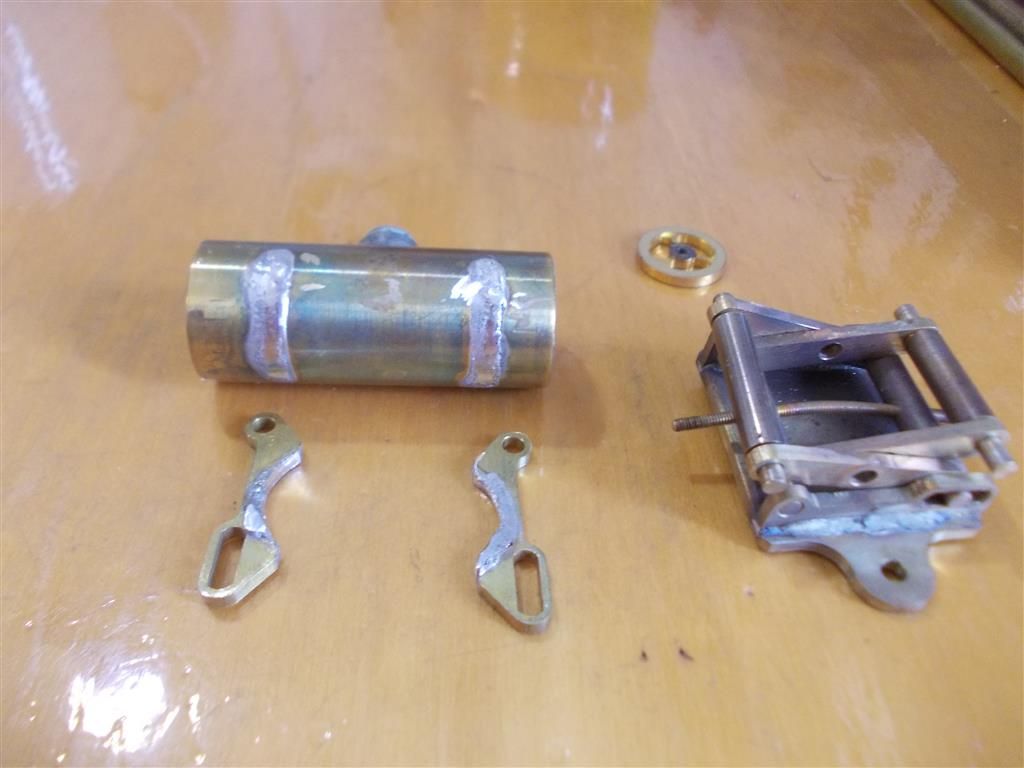Desoldering : soft solder.
Desoldering : soft solder.
- This topic has 14 replies, 12 voices, and was last updated 26 August 2016 at 14:02 by
Ian S C.
Viewing 15 posts - 1 through 15 (of 15 total)
Viewing 15 posts - 1 through 15 (of 15 total)
- Please log in to reply to this topic. Registering is free and easy using the links on the menu at the top of this page.
Latest Replies
Viewing 25 topics - 1 through 25 (of 25 total)
-
- Topic
- Voices
- Last Post
Viewing 25 topics - 1 through 25 (of 25 total)
Latest Issue
Newsletter Sign-up
Latest Replies
- Amadeal AMABL210E Review – Any Requests?
- Octopus … Is there method in this madness ?
- Is Green Hammerite really so ‘infra dig ‘ ?
- Woodward/Wilding Gearless clock
- Readability / clarity in new combined magazine
- Mardrive component Misplaced motor component
- TurboCAD Snaps and Dimensioning?
- Maisie lubricator
- Vee micrometer
- Meddings MF4 Manual



 I should know. I've done it several times by heating yorkshire plumbing fittings up too quickly / the wrong way.
I should know. I've done it several times by heating yorkshire plumbing fittings up too quickly / the wrong way.

